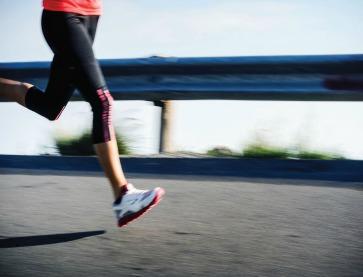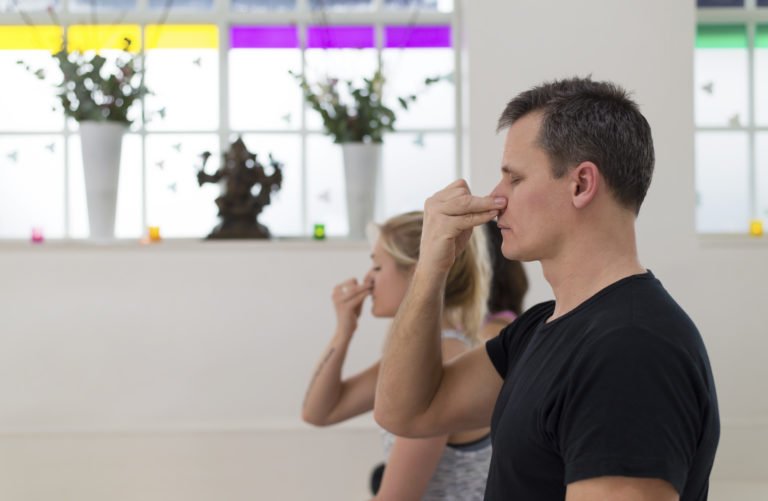As the London Marathon 2016 approaches, the city is beginning to buzz with race preparations and running fever is all around! Winter months of long steady training runs building miles and endurance, and shorter faster runs developing pace are now tapering. New runners, park runners, couch to 5K runners, trail/off road, ultra, 10K, half marathon runners and triathletes this post is for you too!

The human body is strong and resilient yet there are times when the physical demands of training, racing and busy life schedules may exceed the body’s ability to endure them. It is common for runners to focus on distance before technique and specific conditioning for injury prevention. Being true, it is unusual to think about injuries and rehabilitation when feeling as fit as a fiddle and on form. It is more likely, to only consider this if you are experiencing pain or injury that affects your performance and well-being, and to subsequently reflect on what you could have done better or differently to avoid it happening and how to prevent it recurring.
Overuse injuries are the most common type of injuries that runners experience. These are chronic injuries which result from repetitive strain on the body’s musculoskeletal system which comprises muscles, joints, tendons, ligaments, fascia and bones. Injuries develop over time and present initially as a nagging ache or niggling pain that is experienced during or after exercise. They are commonly triggered in response to an accumulation of training and the physical stress of repetitive movement patterns. In addition, increases in the volume, intensity or frequency of training without sufficient preparation or recovery time are contributing factors. This is more likely to happen during busy spells like the approach to race season. If you experience soft-tissue soreness, tenderness, swelling, pain or persistent fatigue which develops after exercise and has not eased 24 hours later, then you did too much, and need to rest and reduce the intensity/distance in your next session. Many factors can affect physical capacity such as nutrition, sleep, hormones, immunes, psychological mood states and motivation. Balancing these is easier said than done, but being aware and intuitive of your limits is a positive thing.
Running injuries mostly present in the lower limbs with Achilles Tendinopathy, Plantar Fasciitis, Iliotibial Band Syndrome, Medial Tibial Stress Syndrome (shin splints), Patellofemoral (knee) Pain, and Muscle Strains being common in runners. For those runners also working at desks and screens, prolonged sitting posture can cause lower back pain, neck and shoulder strain, shortening and tightening in hip flexor, hip rotator, hamstring, quadricep and calf muscle groups, even headaches.
How can we build best practice on injury prevention into our daily training regimes?
1. Integrate flexibility training, such as sequenced stretching, lengthening, releasing of soft-tissues, maintaining suppleness, mobilising range of movement through joints through a yoga practice of your choice!
2. Practice a dynamic warm up program that includes some aerobic activity to prepare the body, mobilise joints, warm up the heart and boost blood circulation to skeletal muscle. Blood delivers oxygen and nutrients to tissues and removes waste products which contribute to fatigue.
3. Soft-Tissue Therapy treatment is beneficial as a maintenance strategy even if you are feeling well and free from pain and niggles. Techniques assist in stretching, relaxing, detoxing and de-toning soft-tissues alleviating symptoms at key times like between races and as part of your recovery.
4. Engage in any physical or holistic therapies that are energising, restorative, rebalancing, meditative for you.
5. Strengthening and conditioning of the core is important to protect against lower back pain and injury, support sitting/running/every posture, reducing impact on joints such as knees and ankles and reducing vulnerability for injury. Considering this, exercises that train your abdominal, lower back, spinal and pelvic floor muscles to engage at a low intensity most of the time are useful. I believe yoga, Pilates and ballet/barre are a great complement for this, although I’m biased having trained in classical ballet for 11 years!
6. Plan long training runs considering your race dates.
7. Include pre-race tapering phases to physically pace the body.
8. Weave in rest and recovery days, essential to allow training adaptations to take place and to avoid overtraining syndromes and burn out.
9. If you do suspect you have an injury make it a priority to see a physiotherapist as soon as you can. Early diagnosis and an individual treatment plan will reduce the intensity and duration of symptoms and help you to return to good physical form more speedily.
10. Eat well nourishing your body with the proteins, unsaturated fats and carbohydrates and micronutrients it needs.
11. Hydrate well, sipping water and replacing electrolytes (i.e. minerals such as sodium and potassium lost through perspiration) avoiding caffeine and alcohol.
12. Sleep, rest, reflect and above all enjoy your running days.

Alice is a Soft Tissue Therapist practicing at triyoga Camden, specialising in Sport, Remedial and Deep Tissue Massage, and a Lecturer in Sport Rehabilitation at St. Mary’s University Twickenham.
Alice works at triyoga Camden. For her schedule and more information, please click here.











